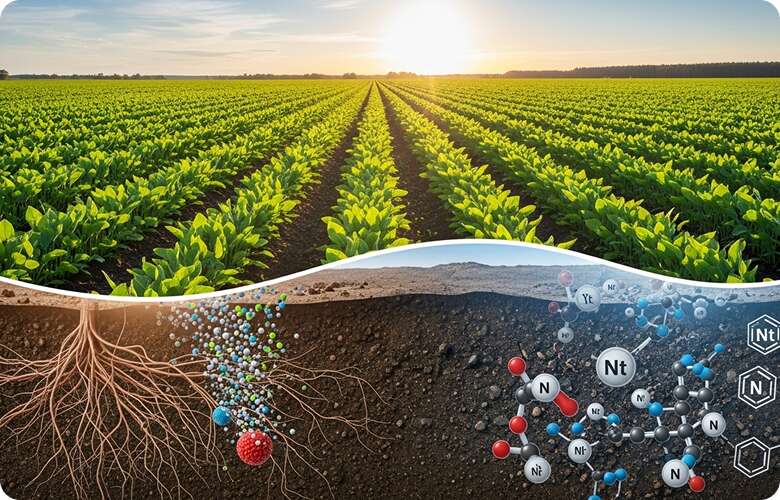
Find the right fertilizer for every crop. Here’s a detailed guide to NPK, Urea, DAP, Potash, and micronutrients for higher productivity.
Fertilizers are the support system of modern farming. They provide essential nutrients that crops need to grow stronger, produce higher yields, and prevent diseases. But the truth is, a single fertilizer won’t work for every crop. Wheat, rice, vegetables, and fruits all require different nutrients depending on their growth stage and soil condition. Choosing the best fertilizer for each crop is a must to get better harvests and higher profits.
Today we will look at the most widely used fertilizers like NPK, Urea, DAP, Potash, MAP, Calcium Nitrate, Potassium Nitrate, and micronutrients. We’ll also explain their specific benefits, the right crops for their use, and some practical tips for farmers.

NPK 19:19:19 fertilizer contains nitrogen, phosphorus, and potassium in equal amounts. It is like one of the best balanced fertilizers, especially when crops need uniform nutrition.
Balanced NPK fertilizers are especially useful when farmers don’t know about the soil deficiency, as they provide all three macronutrients in one application.
Urea fertilizer (46-0-0) is the most widely used nitrogen fertilizer. It provides quick nitrogen supply, which supports vegetative growth.
However, overuse of urea can lead to sticking in cereals and nitrogen leaching. Controlled application at the right growth stage gives the best results.
DAP (Di-Ammonium Phosphate 18-46-0) contains both nitrogen and phosphorus, but is especially valuable for its high phosphorus content. This makes it ideal for root development and plant strenth.
DAP works best when applied at the start of the crop cycle, helping crops absorb nutrients more efficiently.
Potash (0-0-60) is rich in potassium, which plays a key role in flowering, fruit development, and disease resistance.
Potash is essential for crops grown in potassium-deficient soils, particularly in sandy regions.
Calcium nitrate is a dual nutrient fertilizer that provides both calcium and nitrogen. Calcium strengthens cell walls, while nitrogen supports plant growth.
Calcium nitrate is often applied through fertigation, making it highly effective in greenhouse farming.
MAP fertilizer (11-52-0) is another phosphorus-rich fertilizer. It supports root development and early plant establishment.
MAP is particularly useful in phosphorus-deficient soils, making sure crops get a strong start.
Potassium nitrate (13-0-46) is a water-soluble fertilizer providing both potassium and nitrogen. It enhances fruit quality and helps in achieving better taste and sweetness.
Potassium nitrate is commonly used in drip irrigation systems for fruit and vegetable farming.
Apart from macronutrients, crops also need micronutrients like zinc, boron, magnesium, and iron. Deficiency in these nutrients can limit yields even when macronutrients are sufficient.
Using a micronutrient mix ensures crops do not starve and helps improve both yield and quality.
There is no universal fertilizer for all crops. Each fertilizer has a specific role to play. Urea for wheat and rice, DAP for root development, potash for fruits and cotton, and micronutrient mixes for vegetables and orchards all contribute differently to crop growth. By using the best fertilizer for each crop at the right time, farmers can achieve better harvests, higher quality produce, and improved profitability.
